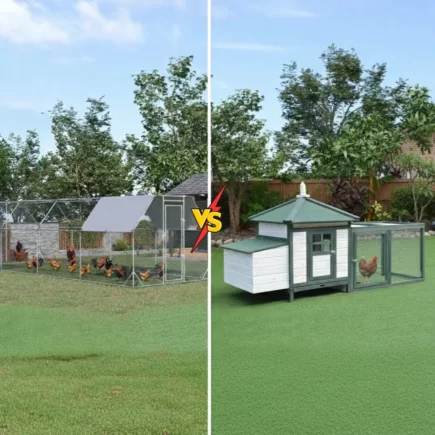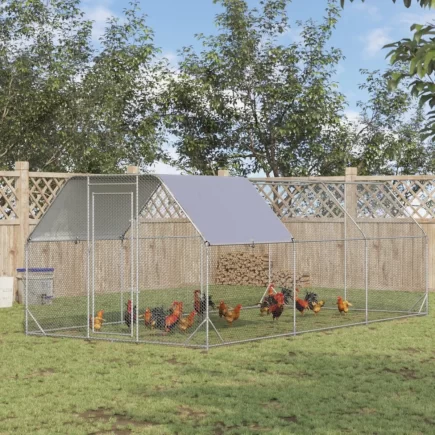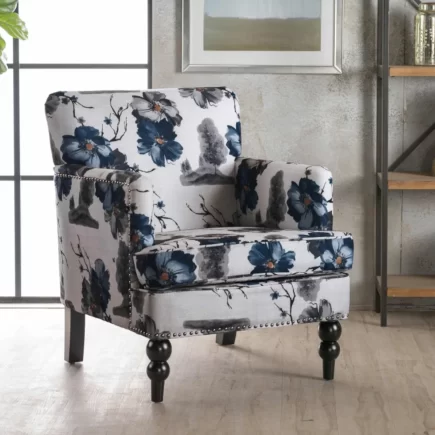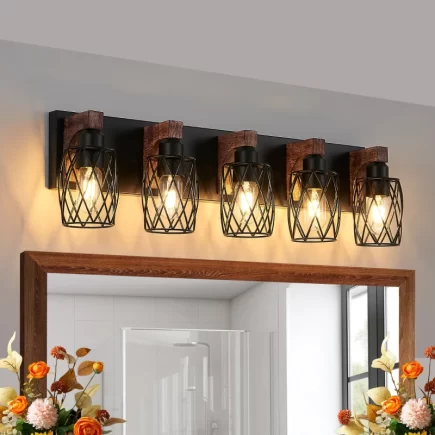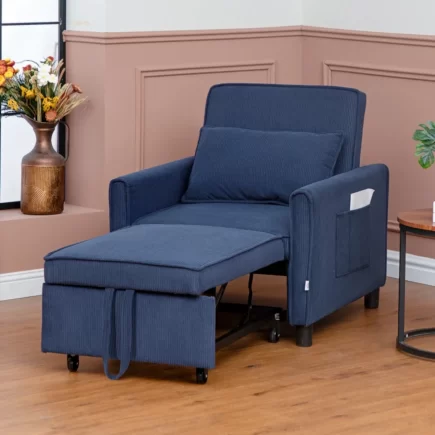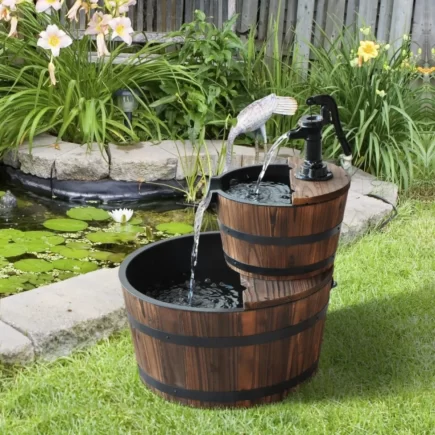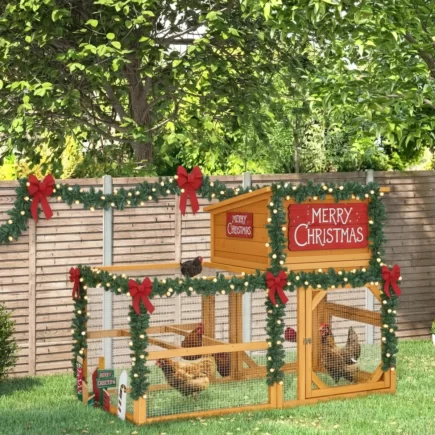DURHAND 110 Pints Crawl Space Dehumidifier does more than just remove dampness from the air, it protects your health, preserves your home, and extends the life of furniture, electronics, and building materials. When indoor air is too humid, mold and mildew grow quickly, dust mites thrive, and wood surfaces warp. By lowering moisture to an optimal range, you create a comfortable and safe living space.

Using a dehumidifier the right way not only ensures better performance but also maximizes its lifespan. Neglecting placement, cleaning, or drainage can lead to higher energy bills, unpleasant odors, and even machine damage. This guide covers everything you need to know, from setup to seasonal care, so you can enjoy consistent, efficient results.
Installation and Assembly of Accessories
Take Out Accessories from the Packing Box
- Open the accessory box inside the packaging.
- Items may include the duct adapter, adjustable rubber feet, ceiling mount gasket, and control panel bracket.
- Inspect for shipping damage before installation.

2. Remove Duct Adapter and Adjustable Rubber Feet from the Machine Body
- Some parts are pre-attached to the main body for safe transport.
- Detach carefully and set aside for installation.
- Avoid using sharp tools to pry them off to prevent scratches.

3. Ducting Installation
- Attach the duct adapter to the air outlet if you plan to connect ductwork for directing airflow.
- Secure the adapter firmly with screws or clips provided.
- Ensure the duct hose is straight, without sharp bends, for smooth airflow.

4. Adjustable Feet Installation

- Insert the rubber feet into the designated slots at the bottom of the unit.
- Adjust each foot so the machine is level on the floor.
- Proper leveling prevents vibration and excessive noise during operation.
5. Ceiling Mount Gasket Installation

- For ceiling-mounted units, align the gasket with the mounting holes.
- Secure using screws provided, ensuring a tight seal.
- The gasket minimizes vibration and air leakage when mounted overhead.

6. Wall Assembly Method for Control Panel

- If your model includes a detachable control panel, mount the bracket on the wall.
- Slide the control panel into place until it clicks.

- Ensure wiring is connected properly before powering on.

Pro Tip: Always double-check the stability of installed accessories before first use. Loose fittings, ducts, or gaskets can affect performance and may even lead to leaks or rattling noises.
Placement Tips: Choosing the Right Room and Spot
Where you position your dehumidifier greatly affects performance.
Best Rooms for Use
- Basements: Often damp and prone to mold.
- Bathrooms: High humidity from showers.
- Laundry Rooms: Moisture from drying clothes.
- Bedrooms: For comfort and allergy control.
Placement Guidelines
| Do’s | Don’ts |
| Place in the most humid room | Block vents with furniture or curtains |
| Keep 12–18 inches from walls | Put near open windows (lets humidity in) |
| Ensure flat, stable surface | Place directly on carpet without mat |
| Position near central area | Hide in closed closet |
Pro Tip: For multi-level homes, choose a portable model you can move where needed.
Safety and Preparation Before First Use
Before plugging in your DURHAND Dehumidifier, review safety essentials. These machines deal with electricity, water collection, and airflow, so careful preparation is key.
Key Safety Warnings
- Always plug the unit into a grounded outlet.
- Do not use extension cords or power strips.
- Keep the machine upright at all times, tilting may damage internal components.
- Avoid placing the dehumidifier near heat sources like radiators, ovens, or direct sunlight.
- Keep at least 12 inches of clearance around air inlets and outlets.
- Do not operate the unit with a damaged power cord.
Pre-Use Checklist
| Step | Action | Why It Matters |
| Read manual | Familiarize with warnings & features | Ensures correct handling |
| Verify voltage | Match plug with outlet rating | Avoids electrical hazards |
| Wipe exterior | Clean with a soft, damp cloth | Removes dust from storage |
Understanding How a Dehumidifier Works
A dehumidifier pulls in moist air, extracts excess water, and releases drier air back into the room. Here’s a simple breakdown:
- Air Intake – The built-in fan draws in room air.
- Cooling Coils – As air passes over cold coils, moisture condenses into water droplets.
- Collection Tank/Drainage – Water drips into the tank or through a hose if continuous drainage is connected.
- Reheating & Release – Air is reheated slightly before being circulated back into the room.
Main Features to Know
- Humidistat: Lets you set a target humidity (usually 30–50%).
- Filter: Captures dust and improves air quality.
- Tank & Float System: Stops operation when the tank is full.
- Drain Hose Port: For continuous drainage to a floor drain.
- Defrost Mode: Prevents coils from freezing in cooler rooms.

Adjusting Humidity Levels for Different Needs
Every room has different moisture needs. Too much dryness can irritate skin and nasal passages, while excess humidity encourages mold. A dehumidifier with a built-in humidistat makes it easy to fine-tune the balance.
Recommended Indoor Humidity Levels
| Setting | Ideal Range | Benefits |
| Living rooms & bedrooms | 40–50% | Comfortable breathing, reduced dust mites |
| Basements & storage areas | 45–55% | Mold prevention, protects wood and electronics |
| Bathrooms | 40–50% | Faster drying after showers, prevents mildew |
| Laundry rooms | 35–45% | Speeds up clothes drying, reduces musty smell |
Pro Tip: If you’re storing delicate items like books, musical instruments, or collectibles, aim for the lower end (35–40%) to prevent damage.
Using Digital Controls
- Target setting: Select a percentage; the unit cycles on/off to maintain it.
- Fan speed: Higher speeds dry faster but use more energy.
- Continuous mode: Runs nonstop, useful for extreme dampness or drying laundry indoors.
- Timer function: Schedule operation during off-peak electricity hours to save money.

Managing the Water Tank and Drainage Options
Collected moisture needs to go somewhere, and improper handling is the most common cause of messes or machine shutdowns.

Standard Tank
Most dehumidifiers have a removable bucket with a safety float switch. When full, the unit stops until emptied.
- Empty daily during heavy use.
- Carry carefully to avoid spills.
- Rinse with mild soap weekly to prevent slime buildup.
Pump-Assist (if included)
Some models feature a built-in pump to push water upward into a sink or out a window.
Comparison Table
| Method | Convenience | Best Use Case |
| Bucket | Low | Small spaces, occasional use |
| Hose Drain | Medium | Basements with floor drains |
| Pump System | High | When drains are above floor level |
Filter Care: Cleaning and Replacing Regularly
The filter traps dust, hair, and particles to keep air fresh and protect the coils. Ignoring it leads to poor performance and higher electricity use.
Cleaning Steps
- Power off and unplug.
- Remove the filter from the back or side panel.

- Rinse under lukewarm water (no soap unless heavily soiled).

- Air dry completely before reinserting.
Replacement
- Replace every 6–12 months depending on air quality.
- More frequent replacement in homes with pets or heavy dust.
Pro Tip: Set a reminder on your phone or calendar to check the filter monthly.
Routine Maintenance to Prevent Mold and Odors
Moist environments are perfect for mildew. Routine cleaning keeps your machine odor-free and running at peak efficiency.
Maintenance Checklist
| Task | Frequency |
| Wipe exterior | Weekly |
| Clean water tank | Weekly |
| Rinse filter | Monthly |
| Inspect coils | Every 3 months |
| Deep clean unit | Every 6 months |
Cleaning the Coils
Dust buildup on the evaporator or condenser coils reduces efficiency. Use a vacuum with a brush attachment or a coil-cleaning spray.
Troubleshooting Common Problems and Error Codes
Even the best-maintained dehumidifier may face occasional issues. Here’s how to handle the most common ones:
Common Issues
| Problem | Likely Cause | Solution |
| Unit not turning on | Unplugged, blown fuse, or tripped breaker | Check power source and reset |
| No water collected | Room already dry, wrong setting, blocked filter | Lower humidity setting, clean filter |
| Excessive noise | Uneven placement, clogged fan, loose parts | Level unit, clean fan, tighten screws |
| Water leaking | Tank misaligned, drain hose clogged | Re-seat tank, clear hose |
| Frost on coils | Room temp too low (< 41°F) | Move to warmer area, use defrost mode |
Pro Tip: Always consult your manual’s error code section, codes vary by model, but usually point to power, drainage, or sensor issues.
With smart energy use and seasonal upkeep, your dehumidifier delivers reliable performance year after year. Consistent care doesn’t just extend its lifespan, it also creates a safer, fresher, and more comfortable environment for everyone at home.
You can also download the Dehumidifier manual PDF to save it.
FAQs
1. Can I connect my dehumidifier to a smart home system?
Some models support Wi-Fi or smart plugs for remote control. Check compatibility with Alexa, Google Home, or app-based timers for convenience.
2. Is it safe to leave a dehumidifier running unattended for days?
Yes, as long as drainage is set up correctly and the filter is clean. Check that the water tank is emptied or the hose is clear before leaving it running. A properly maintained unit can safely operate for extended periods.
3. Can I run my dehumidifier in winter?
Yes, but performance drops in very cold rooms. If temperatures fall below 41°F, coils may freeze, use the defrost mode or move it to a warmer space.


